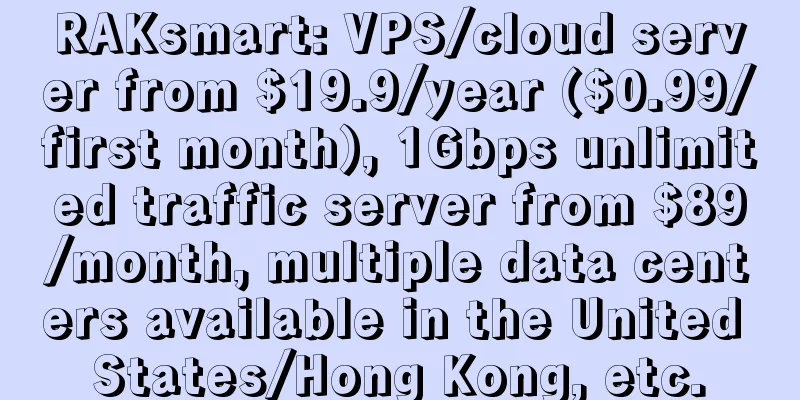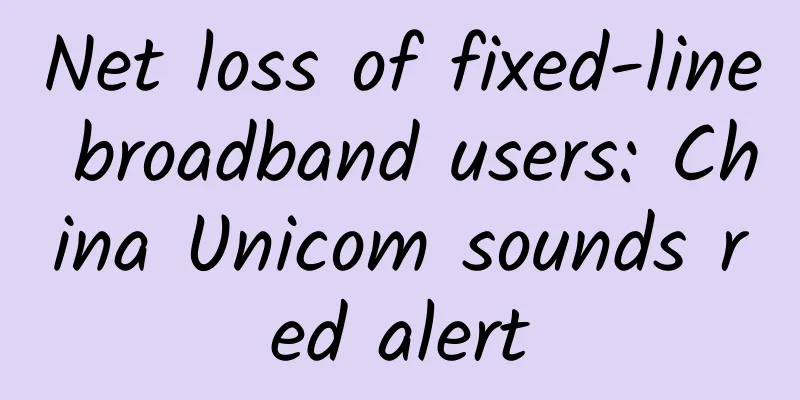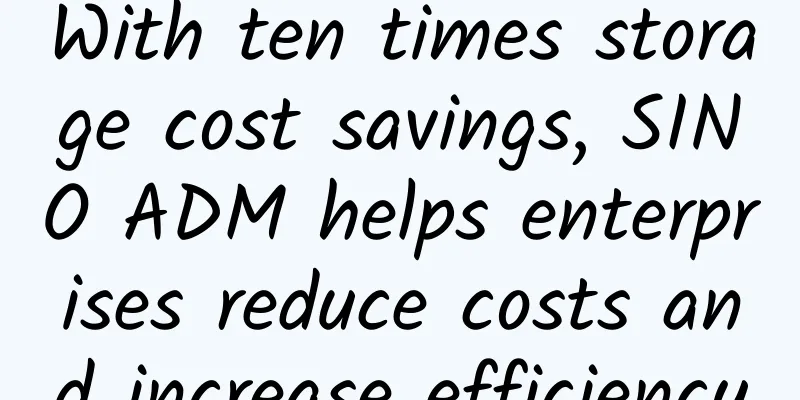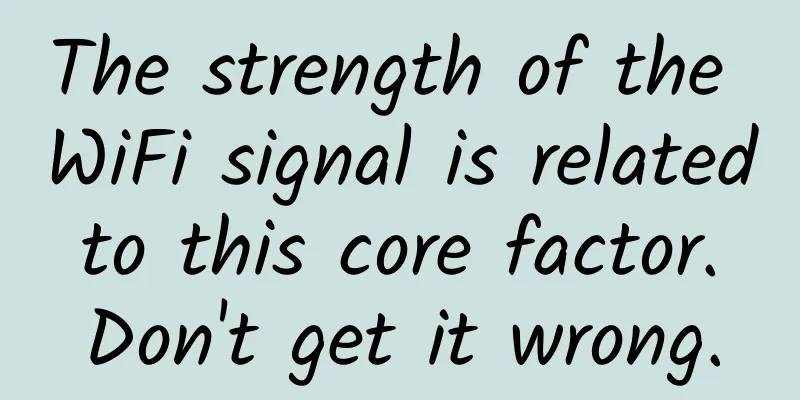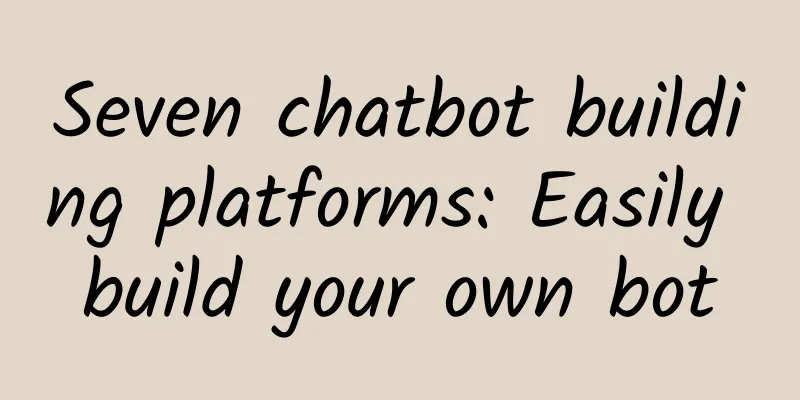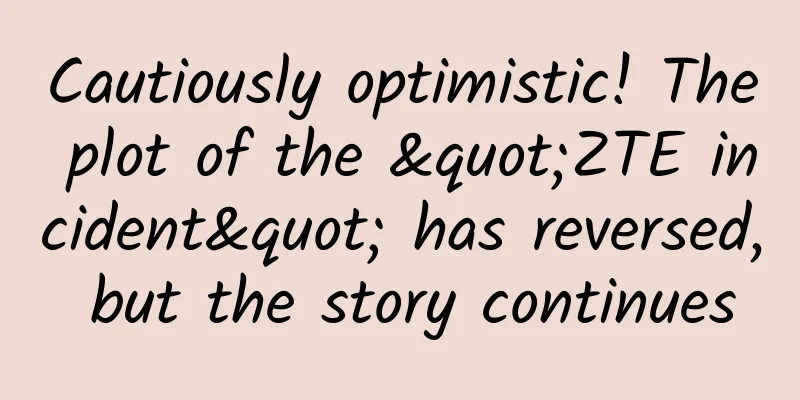Huawei and its partners participated in the competition together for the first time, and are committed to promoting joint solutions!
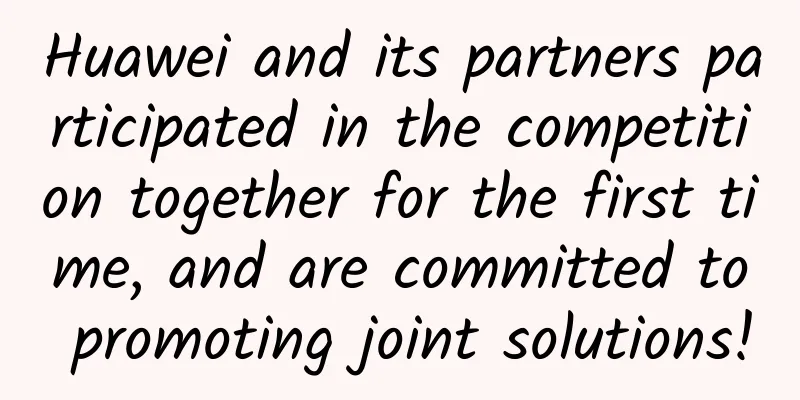
|
[Original article from 51CTO.com] After the successful conclusion of the HUAWEI CONNECT 2017 conference, Huawei's major series of events this year kicked off - the Huawei Ecosystem Partner Elite Competition 2017 team track will be launched. Compared with previous competitions, the team track is a new competition system, including three sub-competitions: "Cloud Solution Selection Competition", "Joint Solution Promotion Competition", and "Cloud Migration Competition". The Joint Solution Promotion Competition is different from other competitions. This competition adopts a mixed format. Huawei and its partners form a team to cooperate and innovate together, and compete on how to jointly promote joint solutions. Many people may ask, why does Huawei set up a separate team competition format? The answer is simple, it is to train through competition, through the form of competition, to help partners improve their solution design and sales capabilities, so as to open up more market space. From another perspective, the reason why this competition innovatively adopts the form of joint team formation actually reflects the most important responsibility of the "ΣCO-Discovery Huawei Ecosystem Partner Elite Competition" - to promote the construction and development of the partner ecosystem and enhance the competitiveness of partners in all aspects. The most unique tag of the competition: "Partner + Huawei" The registration for the Joint Solution Promotion Competition has started and will end on September 23. Anyone who has cooperated with Huawei and has developed a joint solution based on industry customer applications can register for the Joint Solution Promotion Competition. The scope of the competition covers industries such as public security, finance, government affairs, education, medical care, smart cities, transportation, electricity, and large enterprises. It can be seen that the focus of this competition is on the industry, and the team's insight into the industry, understanding of the needs of industry customers, ability to design and explain solutions, and sales capabilities are comprehensively examined. The competition format is also rich and diverse. The team will select different personnel to give presentations in different roles (industry insight, solutions, sales operations), and finally all members of the team will give unified defense. So what is the ultimate goal of the Joint Solution Promotion Competition? It is not about how well you know Huawei's own ICT products, how knowledgeable and insightful the partners are in sales, or how cool the solutions are, but the most essential point - whether you really understand the customers. Huawei, which has accumulated more than 30 years of experience in the ICT field, is paired with partners who meet customers face to face in the industry, so that both parties can brainstorm more sparks, provide customers with a package of industry solutions and services, and effectively help industry customers improve their business value and accelerate the pace of digital transformation. This is the original intention of the Joint Solution Promotion Competition, and it is also the most unique label that distinguishes the Joint Solution Promotion Competition from other Huawei competitions. The soil for joint innovation: OpenLab platform When talking about this competition, we have to mention Huawei's OpenLab platform, because many of the participating joint solutions are completed based on the OpenLab platform. OpenLab is a laboratory for the joint incubation and joint verification of "Huawei + Partner" solutions to enhance product competitiveness, improve customer value and satisfaction. It is also seen as an innovative soil that provides partners with the necessary nutrients for the future smart society ICT ecosystem. Currently, hundreds of global and regional leading partners have used the OpenLab platform to create customer-centric and innovative industry solutions to promote digital transformation and drive the development of the industry ecosystem. Nowadays, many large commercial organizations and government departments overseas have begun to use solutions developed based on Huawei's OpenLab platform. For example, Huawei and Accenture have cooperated to create smart city solutions, using cloud computing, the Internet of Things, big data, mobility and other new ICT technologies to solve the contradiction between people and resources in the process of urbanization, and provide timely, efficient, and intelligent information services and accurate decision-making suggestions for residents, enterprises and society. Together with Altair, we have created a simulation cloud solution for R&D collaboration to help automotive industry customers achieve digital transformation in the R&D process; and we have jointly created power Internet of Things solutions with SAP, Oracle and other companies to help customers build a strong and economical power grid. Through this competition, we can expect more creative and practical solutions to shine on the OpenLab platform. In the tide of digital transformation, what kind of partners does Huawei need? In fact, from the intensive competitions of the 2017 "ΣCO-Discovery Huawei Ecosystem Partner Elite Competition", we can already feel that Huawei is actively exploring a new ecological cooperation model - no longer focusing only on product-centric sales, but more on cooperation between ecological partners and the development of the ecosystem. As Yang Wenchi, Vice President of Huawei Enterprise BG China, said: "The future competition is the competition of the ecosystem. Huawei will gather partners to establish a digital transformation community of 'customers + partners + Huawei' to achieve a win-win situation for all parties." In a nutshell: What Huawei values now is not the number of partners, but their capabilities. Why is there such a change? This is inseparable from customer needs. Although corporate customers hope to use ICT solutions to quickly upgrade their businesses, due to the shortage of ICT talents, corporate customers, especially those in traditional industries, do not know the value of ICT for themselves. Although partners fully understand the needs of industry customers, they do not know how to combine these ICT technologies with the characteristics of their own industries... In this situation, if you want to make the pie bigger, ICT manufacturers and industry partners need to work together to build an ecosystem. Huawei is well-known around the world for its leading technical strength, business achievements and practical experience, end-to-end technical capabilities, products and solutions. It is one of the industry's leading core builders of the ICT ecosystem, with leading ICT technical capabilities, rich ICT knowledge system, successful business practices, and forward-looking industry insights, and hopes to become one of the core engines and driving forces of the ICT talent ecosystem. From this perspective, Huawei is the most suitable promoter of the ICT ecosystem. Since 2017, HUAWEI CLOUD has established a series of partnerships at different levels, including software development, application development, migration and operation, management services, solutions, etc. Through the construction of a cooperative system, all partners can quickly respond to customer needs based on HUAWEI CLOUD and continuously develop a variety of solutions to help enterprises achieve digital transformation. Huawei's partner development process is fast and effective: starting from the actual scenario problems of enterprise customers, through close cooperation in the ecosystem, continuous running-in, and ultimately creating business value, achieving a win-win situation for all parties. In the past few years, Huawei's partner team has grown rapidly. As of 2016, the number of Chinese corporate partners reached 6,000; in 2016, there were 34 partners with sales exceeding 100 million yuan. Just as people often regard table tennis team competitions as an important indicator of a country's overall table tennis level, the Joint Solution Promotion Competition in which Huawei and its partners participate is actually the best training ground to witness the effect of the combination of Huawei's ICT capabilities and its partners' capabilities. There is a sentence in the Book of Lord Shang that is very appropriate: "A flying dandelion can travel a thousand miles when it encounters a gust of wind, riding the wind's momentum." We hope that this competition will allow Huawei and its partners to deepen their cooperation, leverage each other's momentum, and use the power of the ecosystem to meet the complex needs of industry users. [51CTO original article, please indicate the original author and source as 51CTO.com when reprinting on partner sites] |
<<: How Huawei's edge computing bridges the physical and virtual worlds
>>: Should I turn off Wi-Fi when I go to bed at night? I finally figured it out
Recommend
China has 1.011 billion Internet users. After 27 years of Internet development, it has become a place for wealth creation.
27 years ago, anyone who mentioned the word "...
DMIT: Hong Kong CN2 GIA/Japan CN2 GIA line large bandwidth annual payment starting from US$199
DMIT.io has launched this year's summer promo...
What is the investment direction of the 5G trend?
Countries and regions are actively preparing for ...
Aruba Global Research Report Reveals AI Technology Will Become a Powerful Tool to Meet Security Challenges in the IoT Era
On October 26, 2018, Aruba, a Hewlett Packard Ent...
HostYun newly launched Japan Softbank/IIJ line VPS, 10% off all products, monthly payment starts from 19.8 yuan
HostYun (Host Cloud) is the original Host Sharing...
The cloud also needs its own network. The existence of SDN and VPC
If cloud computing is compared to water resources...
Talking about the "security gate" of Facebook and Google: the "cheese" and "traps" of SD-WAN
On September 28, hackers used Facebook's secu...
Detailed explanation of STM32 network DMA controller
[[380257]] The block diagram of the STM32 network...
McKinsey: These ten trends are enough to subvert the existing IT infrastructure
When it comes to hardware and IT infrastructure, ...
Interpretation: Radio and Television "One Network Integration" and 5G Business
On the afternoon of March 2, the State Administra...
Front-end Science: What is an API Gateway? Why is it useful?
An API is often referred to as a front door for a...
Wu Jiangxing, Academician of the Chinese Academy of Engineering: Opening up a new 6G paradigm for multi-objective sustainable and coordinated development and building a new foundation for intelligent network
As 5G network construction accelerates, related a...
Visit the exhibition area without leaving home and experience Huawei's 5G technology beyond your imagination
[51CTO.com original article] Not long ago, Huawei...
How do two computers in different places send data to each other? How many people are discouraged by the five-layer model?
Today's article is the opening. In fact, I ha...
What spectrums do the three major operators use?
What spectrum do the three major domestic operato...
